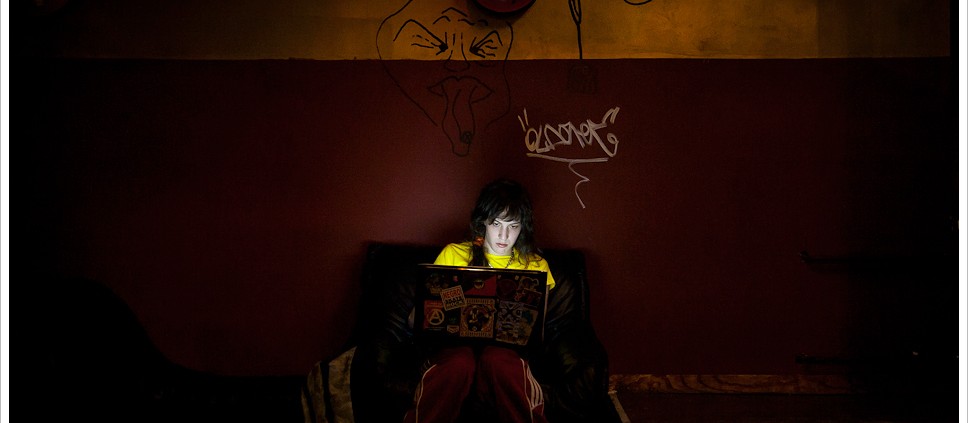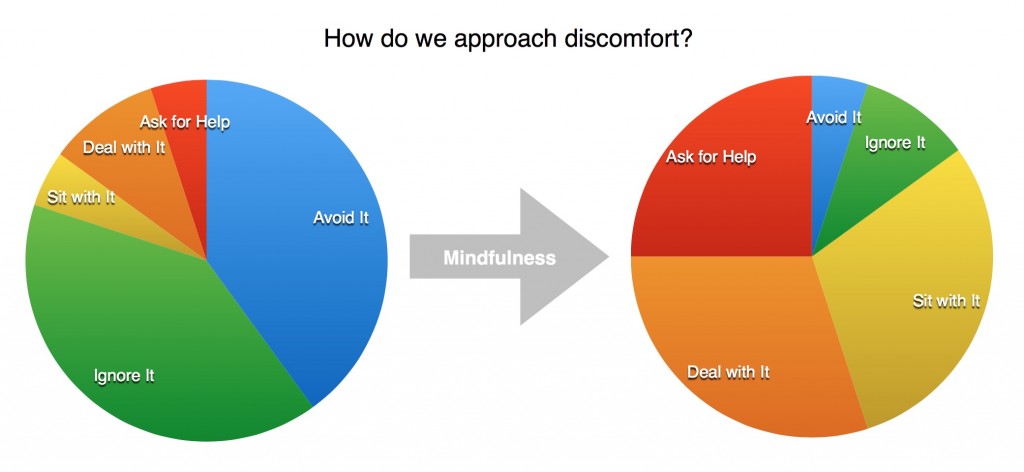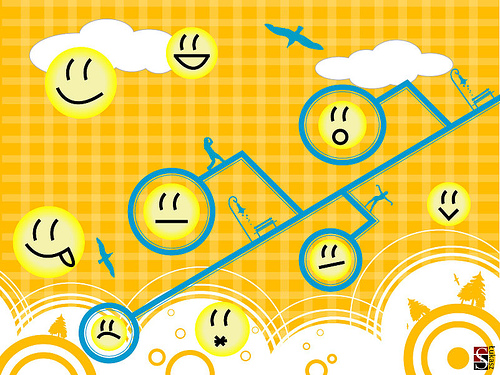Don’t Read This! Delving into the World of Non-Promotion
I’ve been experiencing a disconnect between my work and my intentions lately. I love writing, and I try to write about topics that are important and relevant. I love it when people read, reflect on, and respond to my work. But I’ve been getting an unsettling feeling when I browse content on the internet, and I’m afraid I’m contributing to the problem. That I’m just another piece of media to be consumed in a binge of time-wasting and procrastination.
Basically, internet content tries to be as attention-grabbing and click-baiting as it possibly can. We’ve all seen them: “Ten Shocking Recipes You Can’t Live Without.” “This One Surprising Fact Will Transform Your Sex Life.” “Clicking On This Blog Post Will Make Your Life Unbearably Good And Happy.” This is all bullshit. And it’s the way the internet works now. Advertisers have poured money into figuring out how to get people to click, because clicks are money (Somehow this is true. I still don’t fully understand why this is, as I’ve bought a totally about about ten things on the internet ever. I guess I’m a bad example of consumption).
For a writer, clicks and likes and followers are how you show a publisher that you’re a good bet for selling a book. You have to be a master of social media and marketing in order to get your word out. Nowadays, writers have to do most of their own marketing unless they’re already a huge name. I’ve been dipping my toes into this world over the last few months since finishing writing my book, and it doesn’t feel good.
I believe that paying attention to social media and marketing is exactly the OPPOSITE of how we should live. It is the greatest time-suck of our generation. Scrolling through Facebook updates and shares, following chains of click-bait ads, watching videos that do nada to enrich our lives, consuming, consuming, consuming. I would love for people to be excited about my writing, but I have no interest in shoving it in their faces or jamming their already-overfull inboxes.
This makes my work pretty much un-findable on the internet unless you already know me. And now harder to find even if you do — posting on Facebook has become effective for getting the word out only if you’re willing to pay for it, which I firmly am not.
This is the paradox of creating something which is by nature opposed to the structures that allow it to exist. There are good things about the internet, but by and large I believe it is making us less happy. It is diminishing our personal relationships, reducing our concentration and presence-of-mind, and basically allowing us to waste away in a sea of anti-social media. Online banking is great. Using Facebook makes us unhappy. (Don’t click that link! I just put it there to verify that I didn’t make it up! It’ll waste your time!)
I could start a list of email subscribers. This is one of the top suggestions for how to grow and monetize a blog. Maybe some of you would even appreciate if my writing would come to your inbox instead of being posted on an obscure personal website out in the ether. Publishers would certainly love to see that I have a large list of subscribers who might potentially be interested in buying my book.
But I don’t want you to spend time sifting through emails. I don’t even want you to read these posts if the alternative is something that allows you to grow: going for a walk outside, being with friends, cooking a meal with loved ones, reflecting on life, or going to a yoga class. I want you to take action! To find your own happiness! To create beautiful things.
So it will continue to be hard to find my work. I probably won’t be appealing to a publisher. I’m going to keep writing because I love it. Maybe I can perfect the subtle art of non-promotion and find a way to barely support myself with it. Maybe people will find my work when they need it, and use it to inspire a burst of creativity, or to get over a plateau in life or work. But I would so much rather that you take action in your life than waste time skimming through loads of internet articles that are designed specifically to grab as much of your attention as they can at the lowest investment to the producer.
And at the same time (ah! The Paradox!), I would love for you to share my work with someone you think might benefit from it. I do want people to be able to access my writing if they are getting something out of it. What I’m ultimately asking is that you’ll browse responsibly. That when you find an article you like (mine or not), you’ll read the whole thing without getting distracted by the other million things to do and look at, and that when you’re done, you’ll close your browser and go out and take action on what you’ve read.
Unless you’re stuck in a cubicle all day — then feel free to click away. JUST KIDDING! I hope you have a job you care about and value deeply. Don’t be a robot.






